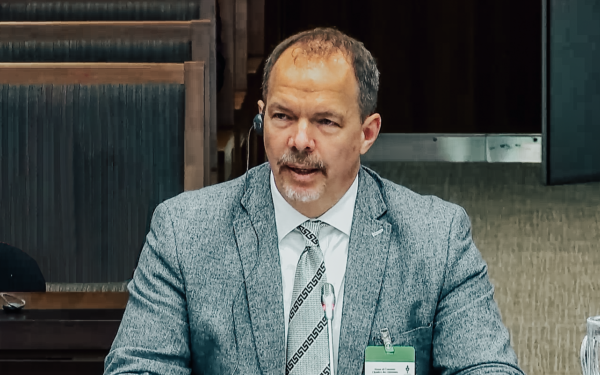Guest bloggers Zeina Osman and Shelley Robinson write about Canada’s digital divide and what internet access really means in Canada.
Many Canadians hold opposing ideas about digital life.
The first is taking it for granted that everyone has regular and reliable access to the internet. We are designing our world to reflect that perception as government services, work, commerce, community events, and large swaths of our social lives are all most-easily accessible online.
At the same time, many of us know at least something about digital divides: from reduced connectivity in remote, rural and Indigenous communities to the high prices of internet and connected devices, to the gap in digital literacy for many seniors and those living on low incomes.
It’s probably worse than you think. Much of the available data and research suggests that it’s the groups that are already the most marginalized that are the most affected by these divides, exacerbating their exclusion.
For example, in “Canada’s Internet Factbook 2014”, the Canadian Internet Registration Authority (CIRA) found that 95 percent of those in the highest income quartile were connected to the internet while only 62 percent of those in the lowest income quartile were connected.
And a 2016 survey produced by the Affordable Action Coalition found that a significant percentage of those living on low incomes said they went without food, clothing or medicine to pay a communications bill.
We know the effects of this digital exclusion first-hand because of our work. Zeina for CompuCorps, a charity and social enterprise that refurbishes and sells affordable computers and other connected devices to those who might not be able to afford them. And Shelley for National Capital FreeNet, a not-for-profit Internet Service Provider that keeps its prices as low as possible, including an unlimited-use lower-cost plan available to 32,000 Ottawa Community Housing tenants.
Both our organizations found that providing the tools – a computer and a connection – weren’t enough. So we also do work in digital literacy, including targeted training for youth, Indigenous women, seniors and those living on low incomes, as well as broader community services.
We have tons of stories about this work, from the sad to the heart-warming. And our experiences and others like them have been captured and amplified in a new report by CIRA, called The gap between us: Perspectives on building a better online Canada.
Their study draws on interviews from people at the organizations they have funded through their Community Investment Program – which has distributed more than $5-Million in the last five years – as well as others in the internet and digital literacy sectors.
Among its chief findings are that there are inequities in access in both rural and urban communities. That seniors, new Canadians, Indigenous peoples and others are being digitally left behind, causing isolation and making it harder for them to access opportunities and services online. And that there is little attention or funding devoted to helping people learn the basics of digital literacy, which increases people’s vulnerability to cyber threats such as malware, phishing scams and the influence of “fake news.”
That’s why we founded Digital Access Day (which was also supported by a CIRA Community Investment Program grant), partnering with the Internet Society Canada Chapter. For us, digital access includes the means to reliably connect to the internet, understand its uses and implications, feel safe online, and engage with how the internet is governed and develops.
It’s a free all-day conference on June 19th at Ottawa City Hall. We are hoping to broaden the conversation so that we have more information about the gaps and can explore solutions. Then someday, when we say everyone has access to the internet, we’ll be right.
This blog post was written by Zeina Osman and Shelley Robinson, co-organizers of Digital Access Day. Zeina is the co-executive director of CompuCorps Mentoring Inc., a high-tech charity in Ottawa that seeks to benefit Canadian society by providing underserved groups career and life-skills training focused on access to technology and the internet. Shelley is the executive director of National Capital FreeNet, a not-for-profit internet service provider and digital literacy organization in Ottawa.
Guest author for CIRA’s blog.




